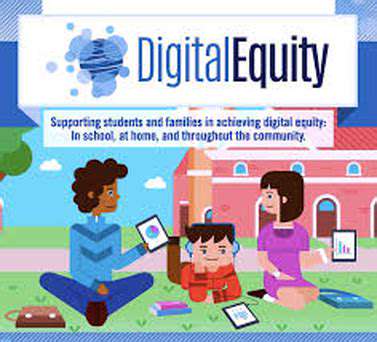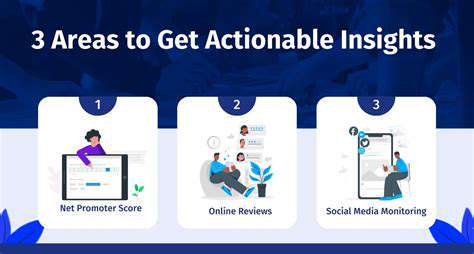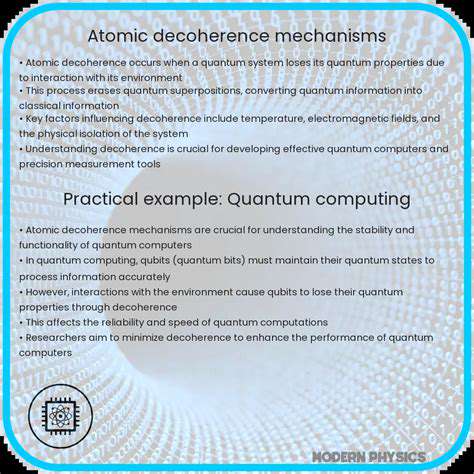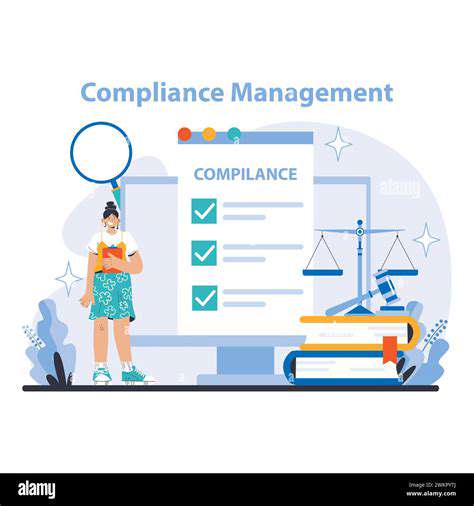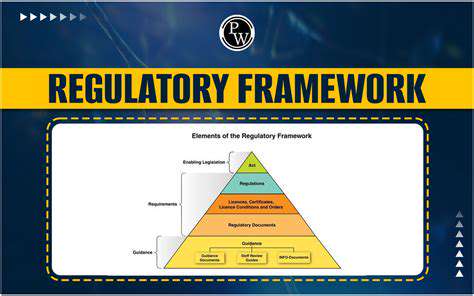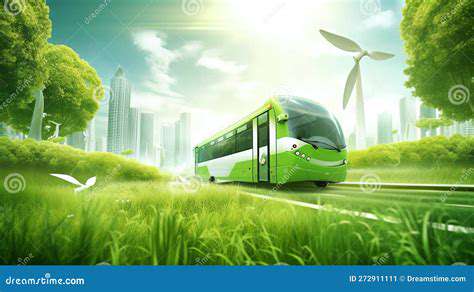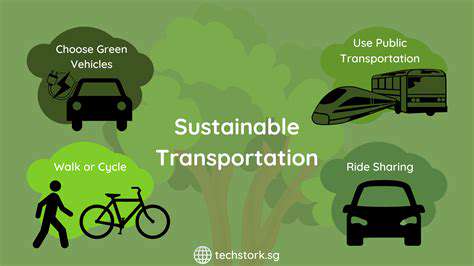Offshore Wind and Coastal Economic Development: Job Creation
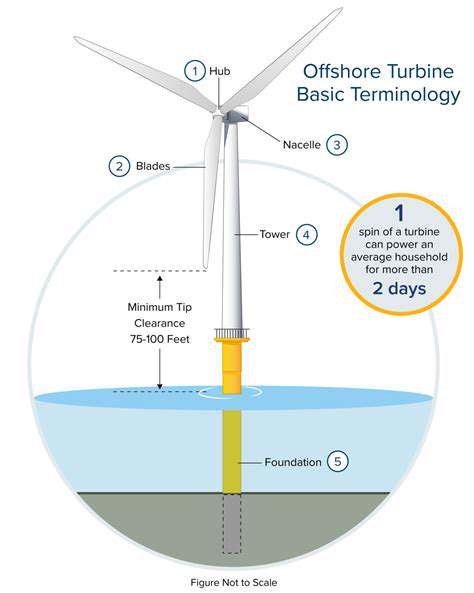
Job Creation Across the Supply Chain
Offshore Wind and Local Job Creation
Coastal communities are experiencing a transformative economic shift as offshore wind farm development generates employment across multiple sectors. The planning, construction, and operation phases collectively create thousands of positions, benefiting regions where unemployment often exceeds national averages. Skilled tradespeople, marine engineers, and project managers find new opportunities, while secondary industries like hospitality and transportation see parallel growth.
What makes this development particularly valuable is the intentional focus on local hiring practices. Many projects establish partnerships with vocational schools to prepare residents for these emerging roles, creating a sustainable talent pipeline that strengthens community ties.
Supply Chain Impacts on Employment
The manufacturing and logistics requirements for offshore wind projects create a web of employment opportunities far beyond the installation sites. Component fabrication facilities, specialized transport companies, and port operations all require skilled labor. This distributed employment model ensures economic benefits reach inland communities that manufacture turbine blades, towers, and electrical components.
Regional economic studies show that every direct wind industry job supports 1.7 additional positions in supporting industries. The multiplier effect is particularly strong in maritime sectors, where existing shipbuilding and repair expertise can adapt to wind farm maintenance needs.
Construction Phase Job Creation
During peak construction periods, offshore wind projects can employ over 1,000 workers simultaneously across various specialties. Marine construction crews, heavy equipment operators, and electrical technicians work alongside safety specialists and project coordinators. These high-paying positions often include extensive on-the-job training, allowing workers to transition from other industries.
Temporary workforce housing and local service businesses experience immediate benefits during construction phases. Many projects implement local hire first policies, ensuring community members receive priority for these temporary but well-compensated positions.
Operations and Maintenance Jobs
Unlike the temporary nature of construction jobs, operations and maintenance roles offer long-term employment stability. A typical 500MW offshore wind farm requires 50-100 permanent technicians earning salaries 30% above regional averages. These positions feature regular schedules (often two weeks on/two weeks off) and comprehensive benefits packages.
Maintenance crews develop specialized expertise in offshore equipment servicing, creating career pathways that didn't previously exist in many coastal communities. The skills acquired translate well to other maritime industries, providing workers with valuable portable credentials.
Training and Education Initiatives
Community colleges along the Eastern Seaboard have developed certificate programs specifically tailored to offshore wind careers. These 6-12 month programs combine classroom instruction with hands-on training at simulated work environments. Graduates often secure employment before completing their certifications.
Apprenticeship models are proving particularly effective, allowing trainees to earn wages while learning. Major developers frequently sponsor these programs, guaranteeing employment for successful participants. This approach addresses both immediate workforce needs and long-term industry growth.
Long-Term Economic Benefits
The economic impact extends far beyond direct employment. Property values in wind energy hubs increase 5-7% faster than comparable coastal communities, while local tax bases expand significantly. These funds enable infrastructure improvements, school upgrades, and expanded public services.
Perhaps most significantly, offshore wind development helps diversify regional economies that previously relied on seasonal tourism or declining fisheries. The stable, year-round employment creates more resilient communities better equipped to weather economic downturns.
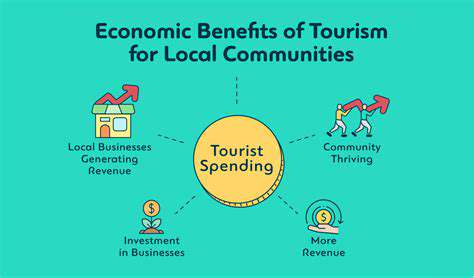
The Future of Offshore Wind and Coastal Economies
Offshore Wind's Impact on Coastal Communities
Forward-looking economic analyses suggest that offshore wind could become the economic anchor for dozens of coastal counties within the next decade. The industry's unique combination of high-tech manufacturing and maritime operations creates a niche that complements existing coastal industries without displacing them.
Regional workforce development boards are collaborating with energy companies to create career ladders that allow entry-level workers to progress into technical and supervisory roles. This focus on upward mobility distinguishes wind energy jobs from many traditional blue-collar positions.
Job Creation and Employment Opportunities
The Bureau of Labor Statistics projects that wind turbine technician will be the fastest-growing occupation this decade, with offshore positions commanding premium salaries. Unlike many energy sector jobs, these roles cannot be outsourced overseas, providing long-term job security.
Unionization rates in offshore wind exceed 75%, ensuring strong worker protections and benefits. The industry's commitment to workplace diversity is creating opportunities for groups traditionally underrepresented in energy and maritime sectors.
Infrastructure Development and Local Supply Chains
Port modernization projects funded by wind energy companies are transforming underutilized waterfronts into high-tech industrial hubs. These investments average $200-300 million per port, creating construction jobs while upgrading critical infrastructure for multiple industries.
Local content requirements in many state contracts ensure that 40-60% of project spending remains within the region. This policy approach maximizes the economic benefits for host communities while developing domestic supply chains.
Environmental Benefits and Coastal Resilience
Beyond clean energy production, offshore wind farms may provide unexpected ecological benefits. Preliminary research suggests turbine foundations can function as artificial reefs, enhancing marine biodiversity. The exclusion zones around installations create de facto marine protected areas.
Coastal communities vulnerable to climate change impacts benefit doubly - from reduced carbon emissions and from the industry's investments in shoreline protection and resilient infrastructure.
Community Engagement and Social Equity
Leading developers now implement community benefit agreements that guarantee local hiring quotas, small business contracting opportunities, and educational investments. These legally binding contracts ensure projects deliver tangible benefits to host communities.
Innovative revenue-sharing models direct a percentage of energy sales back to coastal municipalities, providing direct financial benefits beyond job creation. Some agreements include provisions for low-income energy bill assistance.
Financial Incentives and Investment Opportunities
The Inflation Reduction Act's enhanced tax credits for offshore wind have triggered $12 billion in new private investment since 2022. These incentives make coastal waters some of the most attractive locations for renewable energy development nationwide.
Municipal bonds backed by future wind energy revenues are enabling communities to finance schools, healthcare facilities, and climate resilience projects years before the turbines begin generating power.
Challenges and Mitigation Strategies
While visual impacts concern some residents, modern turbine placement strategies can reduce visibility from shore by 60-70%. Advanced radar systems and careful routing minimize conflicts with fishing and shipping lanes.
Decommissioning funds required by federal regulations ensure that future removal costs won't burden local taxpayers. These financial safeguards address one of the most common community concerns about offshore development.

